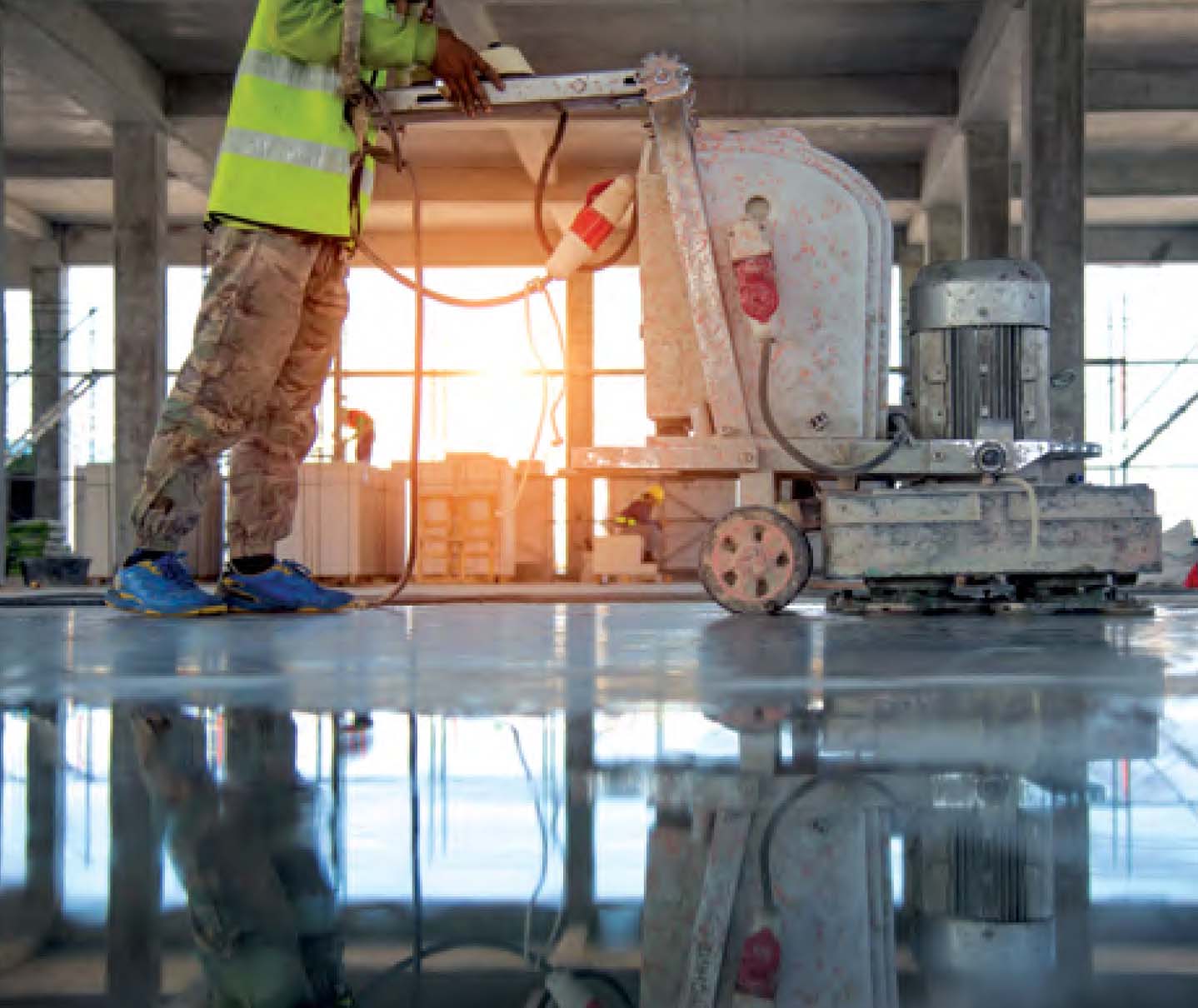
Respiratory Protection

SAFETY COUNTS
Respiratory Protection for Industry Contractors
When employees must work in environments with insufficient oxygen or where harmful dusts, fogs, smokes, mists, fumes, gases, vapors or sprays are present, they need respirators. These health hazards may cause cancer, lung impairment, other diseases or death. Where toxic substances are present in the workplace and engineering controls are inadequate to reduce or eliminate them, respirators are necessary.
The primary objective of respiratory protection is to prevent exposure to air contaminated with harmful dusts, fogs, fumes, mists, gases, smokes, vapors or sprays, and thus to prevent occupational illness.
General
A respirator is a protective device that covers the nose and mouth or the entire face or head to guard the wearer against hazardous atmospheres. Respirators may be:
- Tight-fitting—that is, half masks, which cover the mouth and nose and full facepieces that cover the face from the hairline to below the chin; or
- Loose-fitting, such as hoods or helmets that cover the head completely.
There are two major classes of respirators:
- Air-purifying removes contaminants from the air.
- Atmosphere-supplying provides clean, breathable air from an uncontaminated source.
Employees should use provided respiratory protection whenever engineering and work practice control measures are not adequate to prevent atmospheric contamination at the worksite.
Medical Examination
Workers assigned to tasks that require respirator use must be physically able to perform the work while using the respirator. A local physician or licensed health care professional (LHCP) will determine what health and physical conditions are pertinent.
The medical evaluation can be performed by a physician or other LHCP by using a medical questionnaire or by a medical examination that provides the same information as the questionnaire provided in Appendix C of the OSHA standard (1910.134). This evaluation must be done before an employee is fit tested and uses the respirator in the workplace. The employer must obtain a written recommendation from the LHCP for each employee’s ability to wear a respirator. The evaluation shall be performed annually. Fit testing and pulmonary functions tests shall also be performed prior to donning a respirator and annually thereafter.
Respirator Use
- The correct selection, use and maintenance of respirators are essential for respiratory protection. Some points that the training shall cover are:
- Types of hazards and specifics associated with those hazards;
- Types of respirators available to protect against the hazards;
- Demonstrating the proper respirator donning procedures
- Explaining the various components of the respirator and how the respirator functions to remove contaminants;
- Proper fitting of the respirator;
- Limitations on the use of the respirator;
- Maintenance and cleaning of the respirator;
- Inspection for defects.
- The wearing of contact lenses while using respirators should not be allowed.
- In areas where the wearer or user, with failure of the respirator, could be overcome by a toxic or oxygen-deficient atmosphere, at least one additional person should be present. Communications (visual, voice or signal line) should be maintained between all individuals present. Planning should be such that one individual will be unaffected by any likely incident and have the proper rescue equipment to be able to assist the other in case of emergency.
- Employees using air line respirators in atmospheres hazardous to life or health should be equipped with full body safety harnesses and safety lines, or other equivalent provisions. A standby attendant with suitable self-contained breathing apparatus should be at the nearest fresh air base or exit for emergency rescue.
- The safety director or designee will conduct frequent random inspections to assure that respirators are properly selected, used, cleaned and maintained.
Cleaning of Respirators
- The safety director is responsible for monitoring the training of the cleaning and disinfecting procedure. Employees are responsible for cleaning, maintaining, inspecting and the use of the respirators.
- Respirators should be cleaned and disinfected with warm water as frequently as necessary to insure that proper protection is provided for the wearer. The cleaned respirator should be stored in a re-sealable plastic bag, one per bag. The respirator should be stored in a single layer in such a manner as to prevent the rubber or plastic parts of the face piece from becoming distorted.
- Respirators used by more than one employee will be cleaned and disinfected after each use.
- Disposable respirators should be disposed after each use.
- The respirator should be protected from dust, sunlight, heat, extreme cold, excessive moisture, damaging chemicals and mechanical damage.
Inspection and Maintenance
- All respirators should be inspected before and after each use and during cleaning.
- A qualified employee may be designated to replace parts on air purifying respirators.
- Replacement parts for respirators shall come from the original manufacturer. Substitutions of parts from a different brand or type of respirator will invalidate the approval of the respirator.
- SCBA equipment should be returned to the manufacturer for repairs and adjustments.
- Respirator inspection should include a check of the tightness of connections and the condition of the face piece, headbands, valves, connecting tube and canisters. Rubber or elastomer parts will be inspected for pliability and signs of deterioration.
- A documented record should be kept of inspection dates.
Employee Training
- Employees should be trained on the safe use, care and hazards associated with the use of the respirators prior to work assignments where air respiratory equipment may be required.
- Training should occur at least annually or if the employee has not used the equipment in more than 6 months, then retraining will be required.
- The training should be documented and include the employee’s name, date of training and type of respirators trained on.














